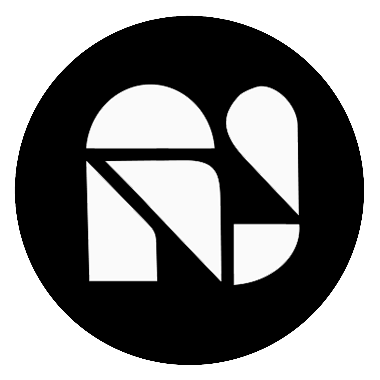3. Iterate + Refine
Nothing is perfect, at least not initially. In order to get it right, an idea requires input, and even sometimes additional information and investigation. Quality design, like good parenting, is best achieved with nudges, not shoves. Make one version. Tweak it, fine-tune it, and then make another. As each iteration evolves and improves, we move from a place of exploration and experimentation—poking, prodding, and learning—to full-on implementation and execution, eventually arriving at a finished product that inspires, educates, and excites. Regardless of whether we are creating something big, bold, and beautiful, or small, simple, and subtle, each project starts with a solid understanding of the context, and finishes with high attention to detail.



